Why are women more religious, in belief and in practice, than men?
1. Religious belief is more of an emotional thing than a cognitive thing. (Consider the fact that merely thinking about religious beliefs is usually sufficient to reveal they’re unwarranted.) And women are raised to be more emotional than cognitive; men are raised to be more cognitive than emotional (in fact, they are encouraged, even taught, to deny their emotions).
2. Religious authority figures, mythological (God, Allah, Zeus, and so on) and real (priests, rabbi, ministers, and so on), are male. And since women are raised to be subservient to males, to regard males as authorities, it’s easy for them to accept God, for example, as an authority and to subordinate themselves to him. Men, on the other hand, are encouraged to be the authority; they’re also encouraged to compete with other men. So to accept God, for example, as an authority and to subordinate themselves to him would not be easy – in fact, it would be emasculating. (Which is why the macho Promise Keepers came to be.) (And why the movement’s popularity didn’t last very long.)
3. Except for the war element (note that men are okay with claiming religious belief when it’s associated with war), religion is very much about morality. (Or so people think.) And it’s women who are the designated moral guardians: young women are the ‘gatekeepers’ when it comes to pre-marital sex (often considered immoral), wives are referred to by their husbands as ‘their better half’ (‘better’ referring to some quality of moral goodness), and mothers are assumed to have the primary responsibility of teaching their children right from wrong.
When a man introduces the matter of morality, questioning, for example, whether it’s right to do whatever it is that’s about to be done, he is accused of ‘going soft’, or being weak, or being a ‘boyscout’, or being a ‘bleeding heart’, and so on. (Note that the last accusation, with its reference to the heart, connects morals with the emotional realm, which neatly connects this point with the first one – as does this excerpt from a novel, whose author I unfortunately failed to note: “The boy’s nothing more than a bleeding heart waiting to cry over this injustice or that!…you’d think we raised a bloody priest.”)

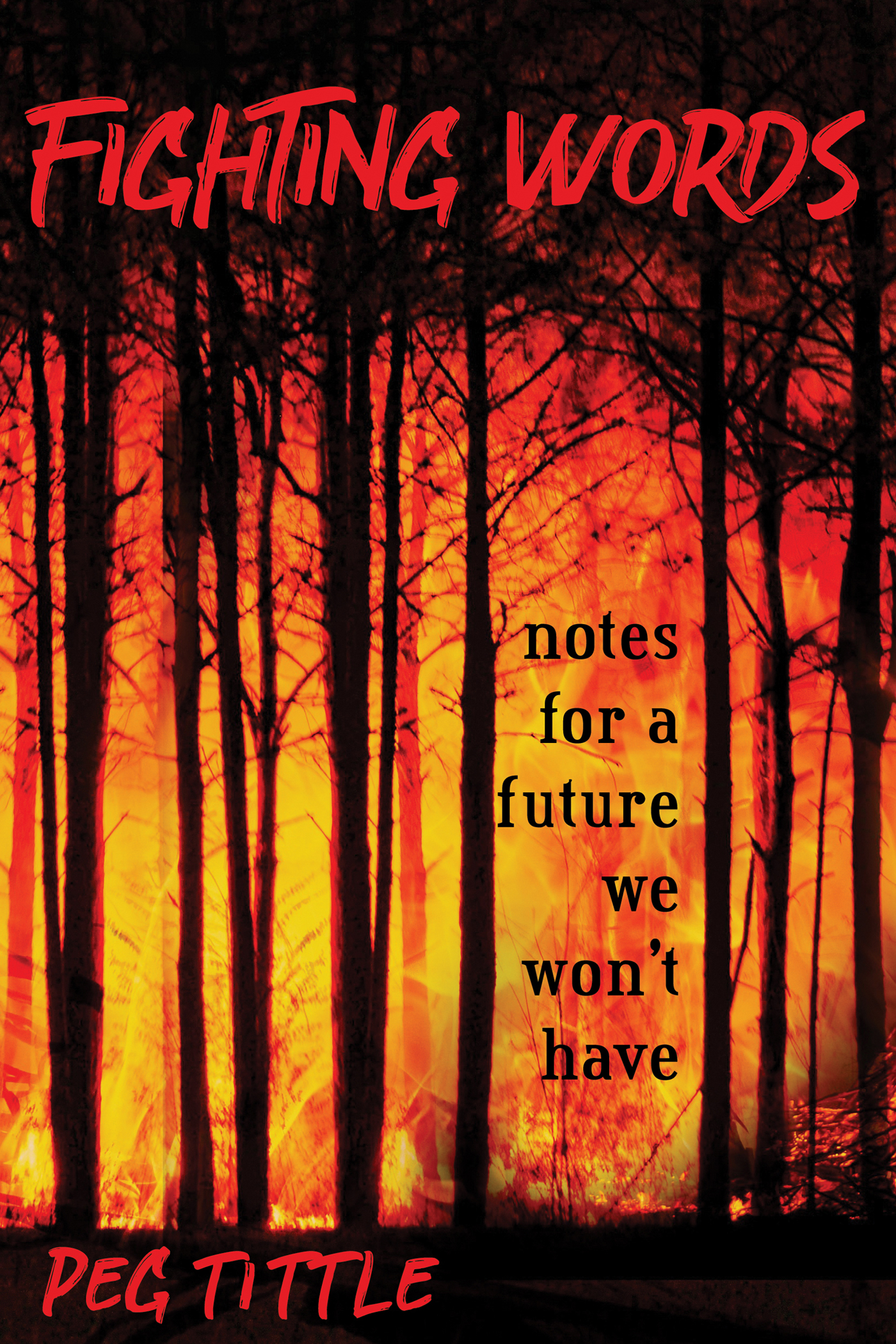
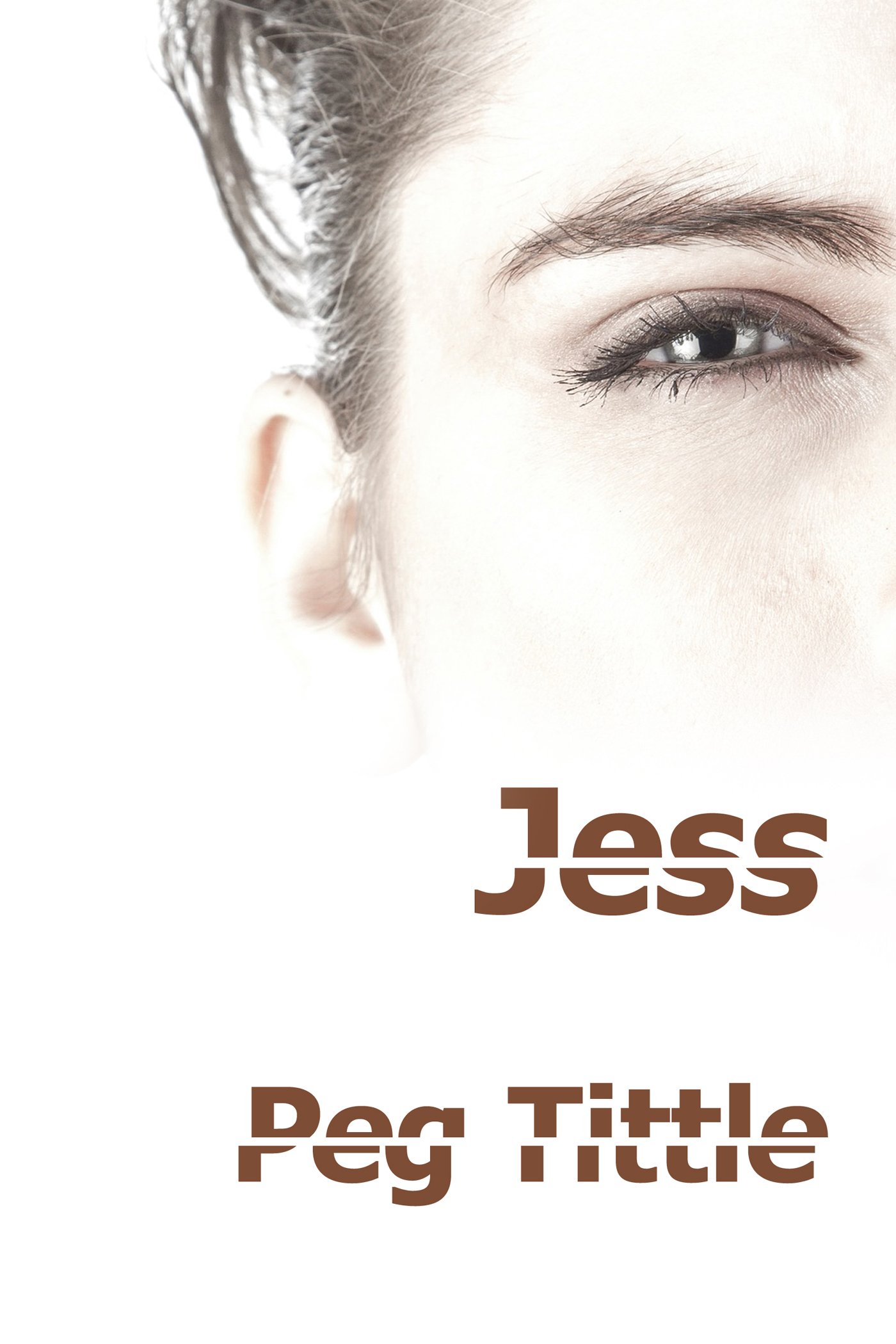
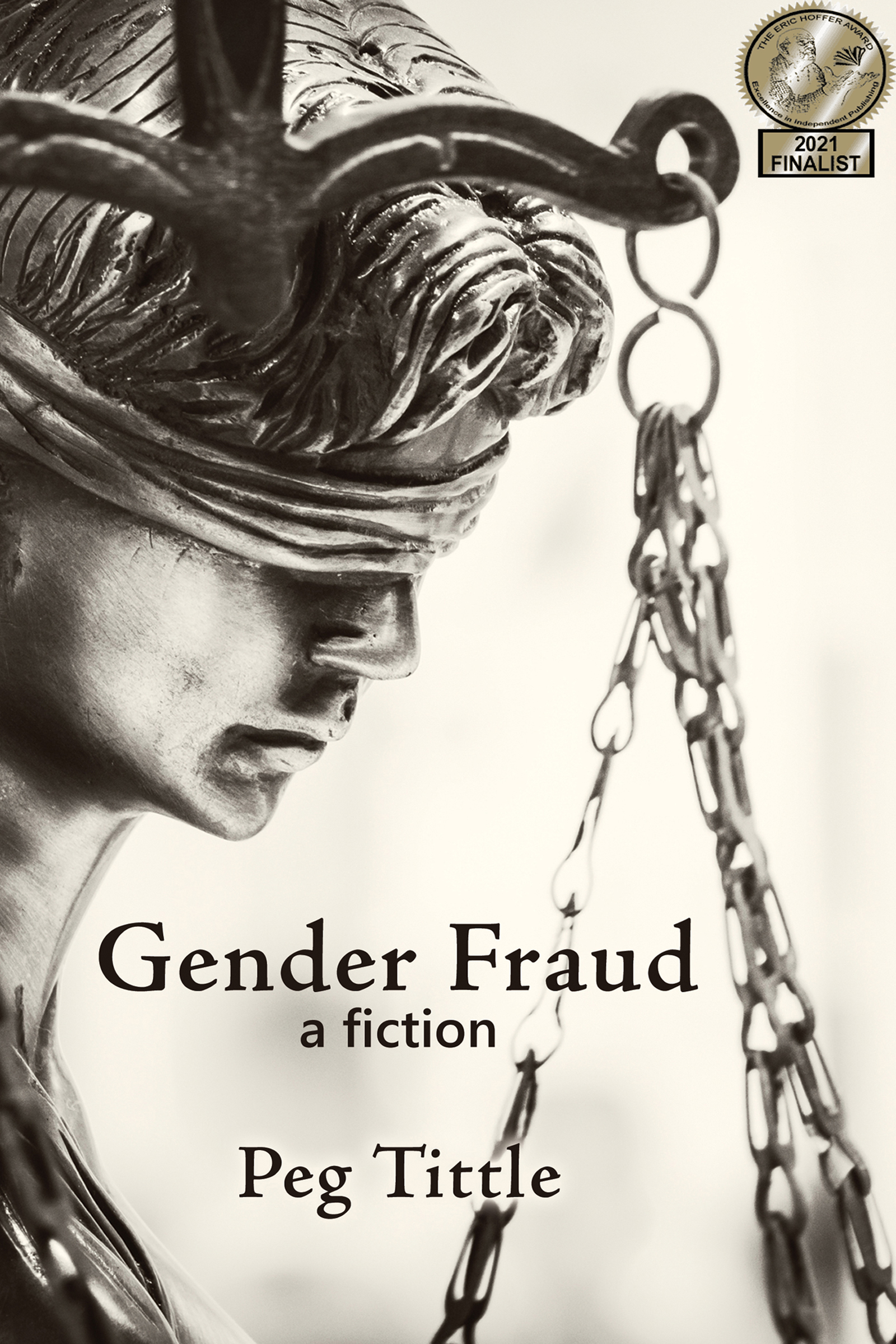

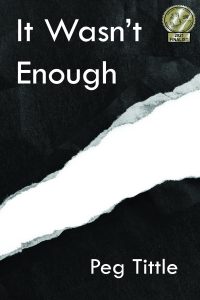

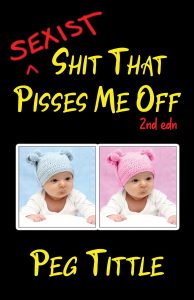
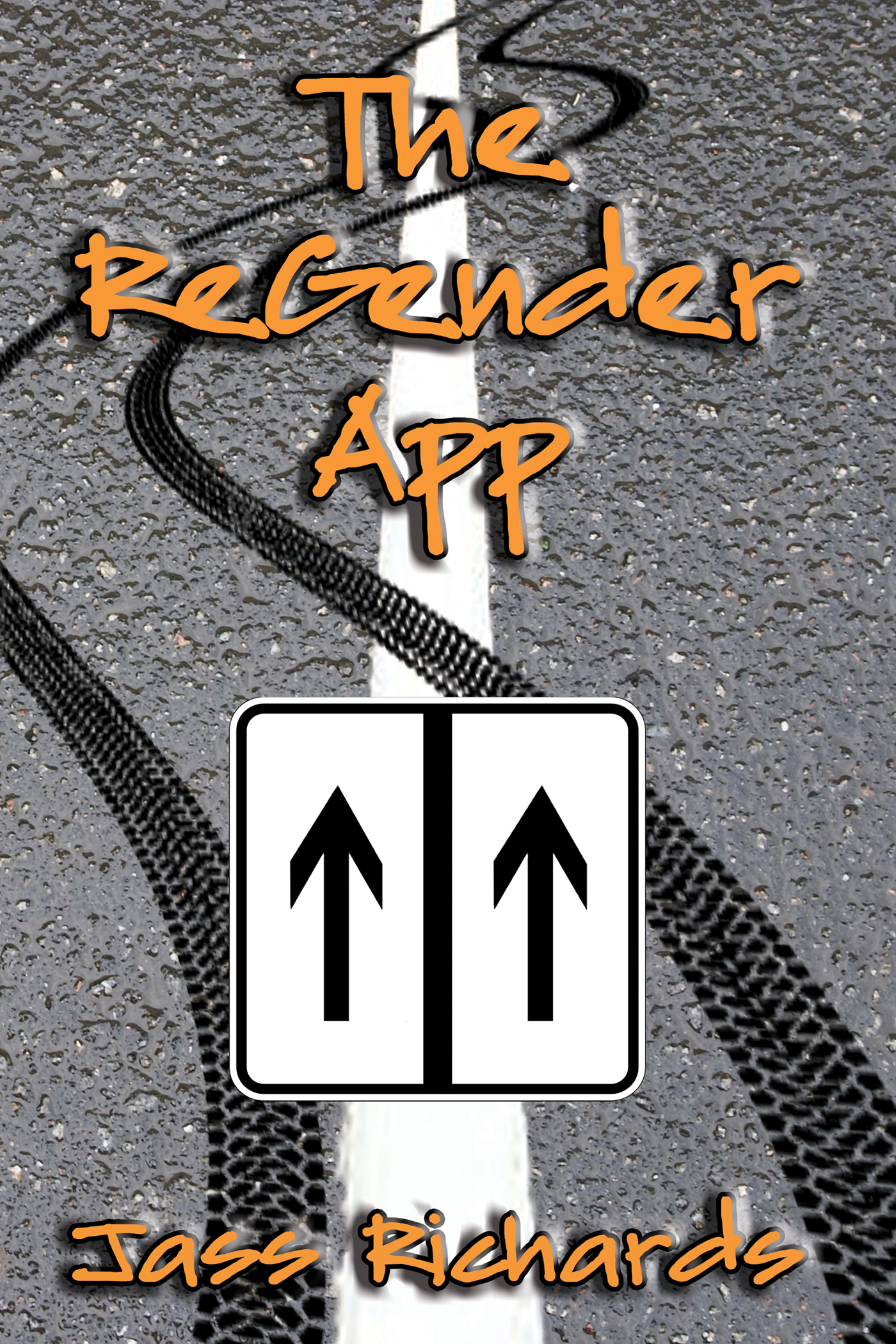

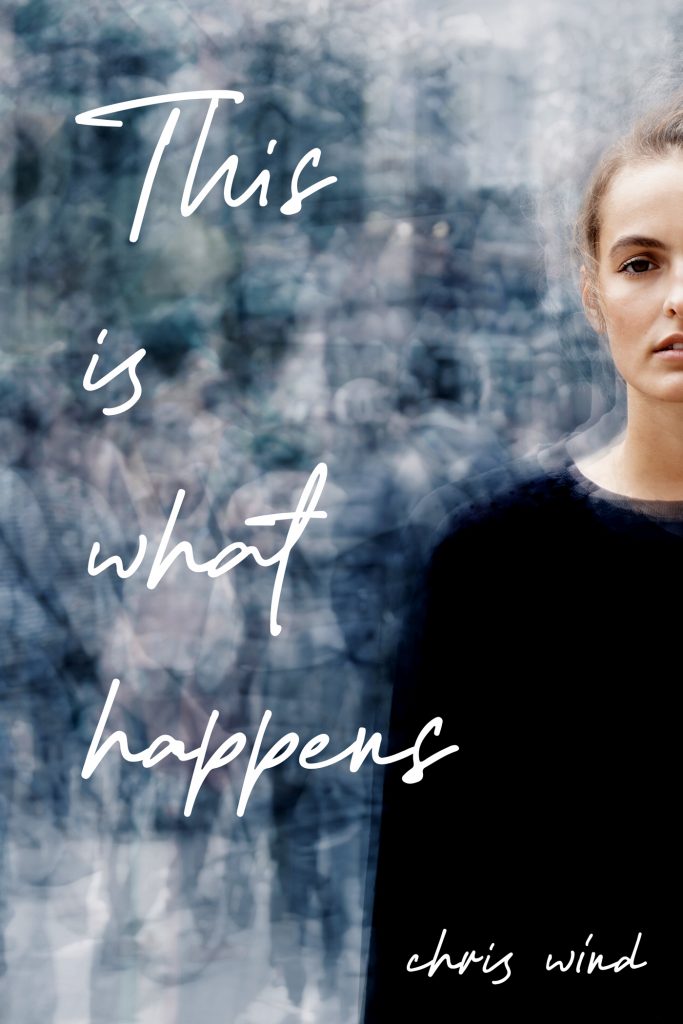

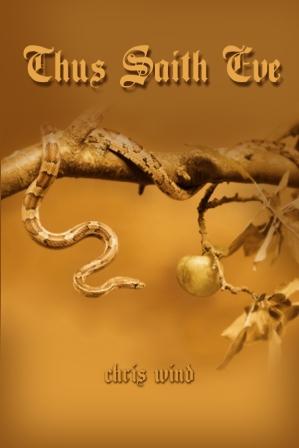

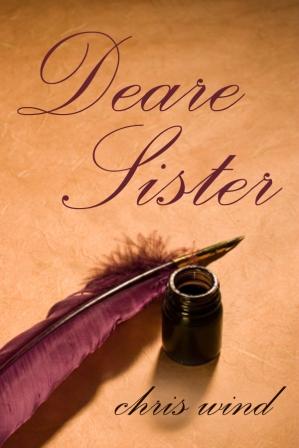

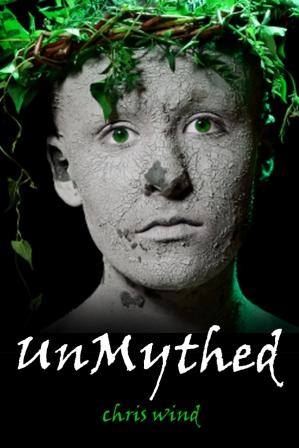
2 comments
Doing this from memory, so some names or book titles might be a little off but folks can google — Merlin Stone, “When God was a Woman,” Reianne Eisler, “The Chalice and the Blade,” Layne Redmond, “When the Drummers Were Women,” Elizabeth Gould Davis, “The First Sex,” and Janice Raymond, “A Passion for Friends,” as well as UCLA professor Marija Gimbutas in everything she worte, cataloged how women as the life-givers and birthers were in matrilineal antiquity (before men by violence established partiarchy) also the Goddess [anglicized word — in original non-English no “ess”-y to it), Priestess, Drummer, Worship Leader, and Envisioner of Myth and Morality.
So of course women are still drawn to spirituality, which to have community in today’s global patriarchy unfortunately is male-defined religions that brings with it enormous anti-woman baggage. As Merlin Stone reported, the dominant sex in culture picks its form (now male) as its deity.
All of the women writers about these topics of course have been discredited academically by the male establishment. So what’s new since patriarchy began? Thus if you read Wikipedia (always male biased even if sometimes useful) you may get a skewed male disparagement about these women who are our foresisters.
Marija Gimbutas wrote, and religions that bring with them (all basically being variations on the same theme of Him, Him and Hymn) …
to correct the post above … sometimes my fingers get ahead of my brain.